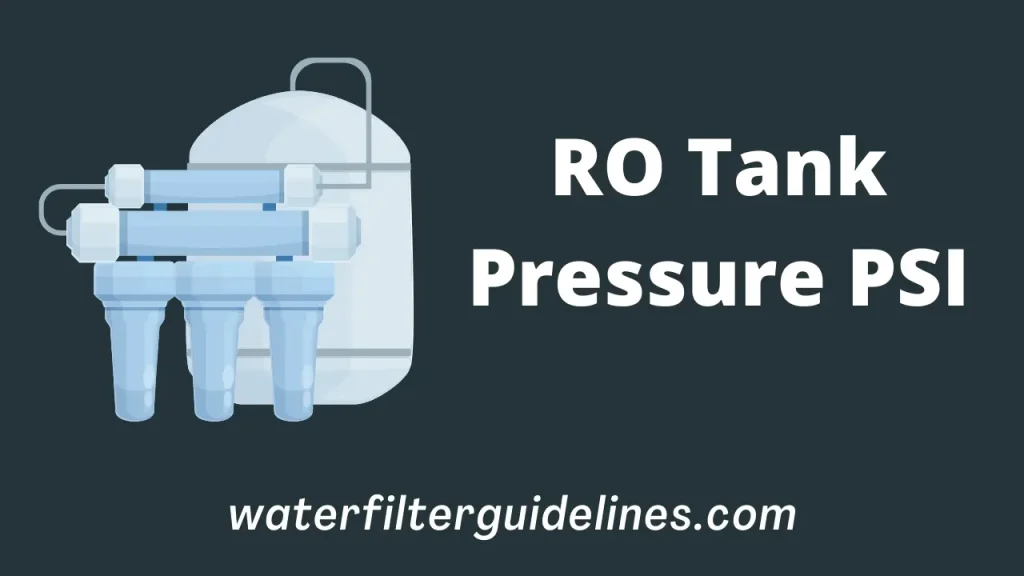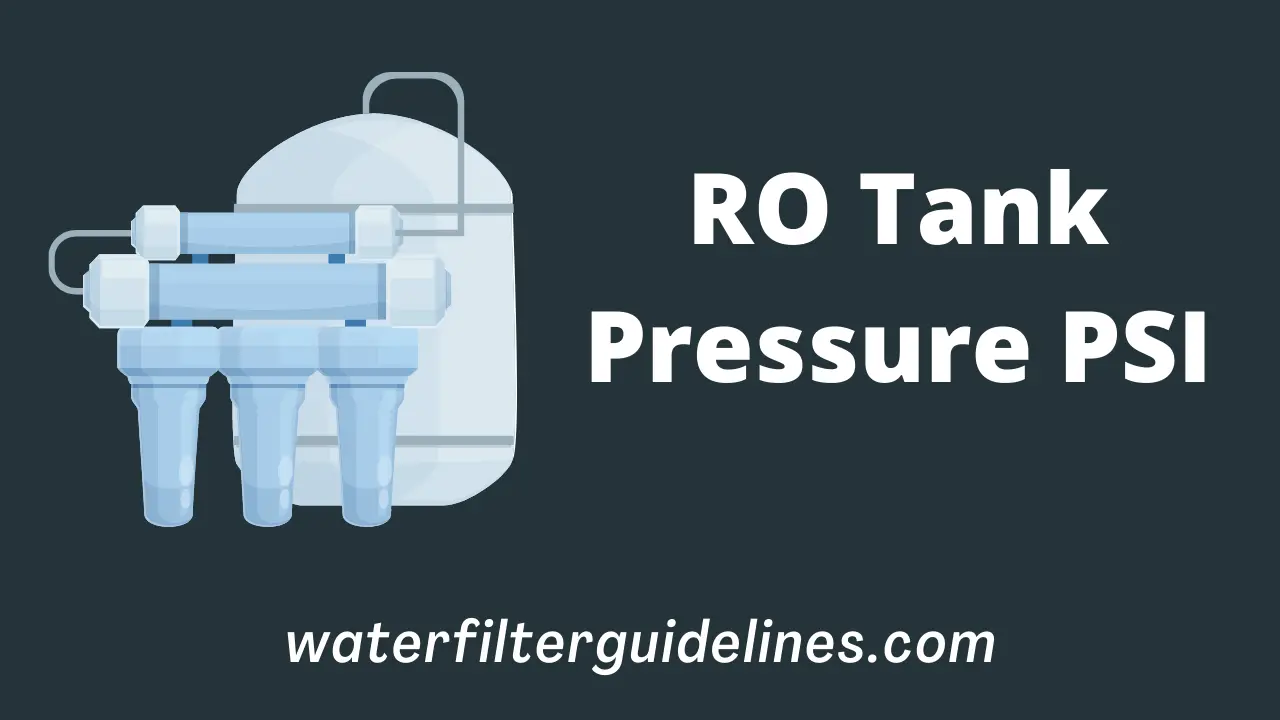The utility of a reverse osmosis system has increased over the past years due to its functionality. The great thing about a RO system is that it is affordable and very convenient to use. What is RO tank pressure psi and how to keep your water filter system in working condition? In my research, I have seen various homeowners complaining about the slow flow rate of water coming out of a Reverse Osmosis System. Knowing the exact pressure of your RO tank can save you from waiting and complaining about water flow issues.

3 Reasons for the Slow Flow Rate Of RO System
The increase in urbanization and industrialization have brought many benefits to humanity but there are some consequences and pollution is one of them. An increase in pollution especially draining industrial waste to the water bodies has caused our drinking water to be polluted. Drinking impure and polluted water is a health concern and causes severe illness.
Water pollution on a massive scale puts every homeowner to find a way to clean drinking water. The Revere Osmosis System works on the principle of a semi-permeable membrane and is considered to provide clean drinking water by removing over 99% of contaminants.
The slow flow rate of the RO system might be due to a number of reasons and let’s break them one by one. If the reverse osmosis membrane is ruptured this might be a key thing that kept you waiting for a filling glass of water. The possibility of repairing a ruptured RO membrane equals zero and you need to get a new membrane installed in your Reverse Osmosis System,
Are you sick of waiting to fill a glass of water from the RO system faucet? You might check the pressure of the tank and low RO tank pressure psi is the reason for your frustration. You can check the internal pressure of the RO tank easily at home without getting the help of a professional plumber. The optimal internal pressure of the RO system is 7-8 psi when there is no water present
How much is the internal pressure of the RO system?
The internal pressure of a RO tank is usually in the range of 7-8 psi when water is not present in the tank. The pressure lower than 6 causes you to wait for several minutes and this might be frustrating for every individual. The function of the RO system is on the basis of the Reverse Osmosis principle and the use of the RO membrane function to prevent contaminants from reaching your glass of water
How to solve the low pressure of the RO tank?
If your reverse osmosis tank not filling up there might be some serious issues from damaged membrane to low pressure in the tank. The low pressure is a bit daunting and irritating because you have installed a heavy system for a non-stop water filter. The air pressure gauge will sort the error and you can reset the pressure of the tank to 8 psi so that the water starts filling. The internal air pressure in the tank is very important for filling the tank because it restricts the filling of water and your daily needs for water can’t be fulfilled.
How much air pressure should be in a RO tank?
The air pressure inside a Reverse Osmosis System is very important because lower air pressure stops the supply of water. Inside a RO tank when water is not present the pressure should be between 6-8 psi and when the tank is full of water then the pressure range between 32-40 psi.
Conclusion
The water pressure inside the RO system is critical in a manner that the water tank stops filling with water below 7 psi. The working of the RO system and continued supply of water depends chiefly on filling the water tank with optimal pressure. The 7-10 psi pressure is normal for efficient function of the RO system
